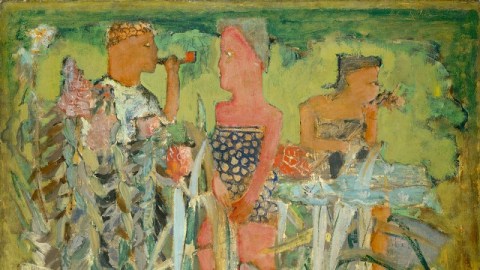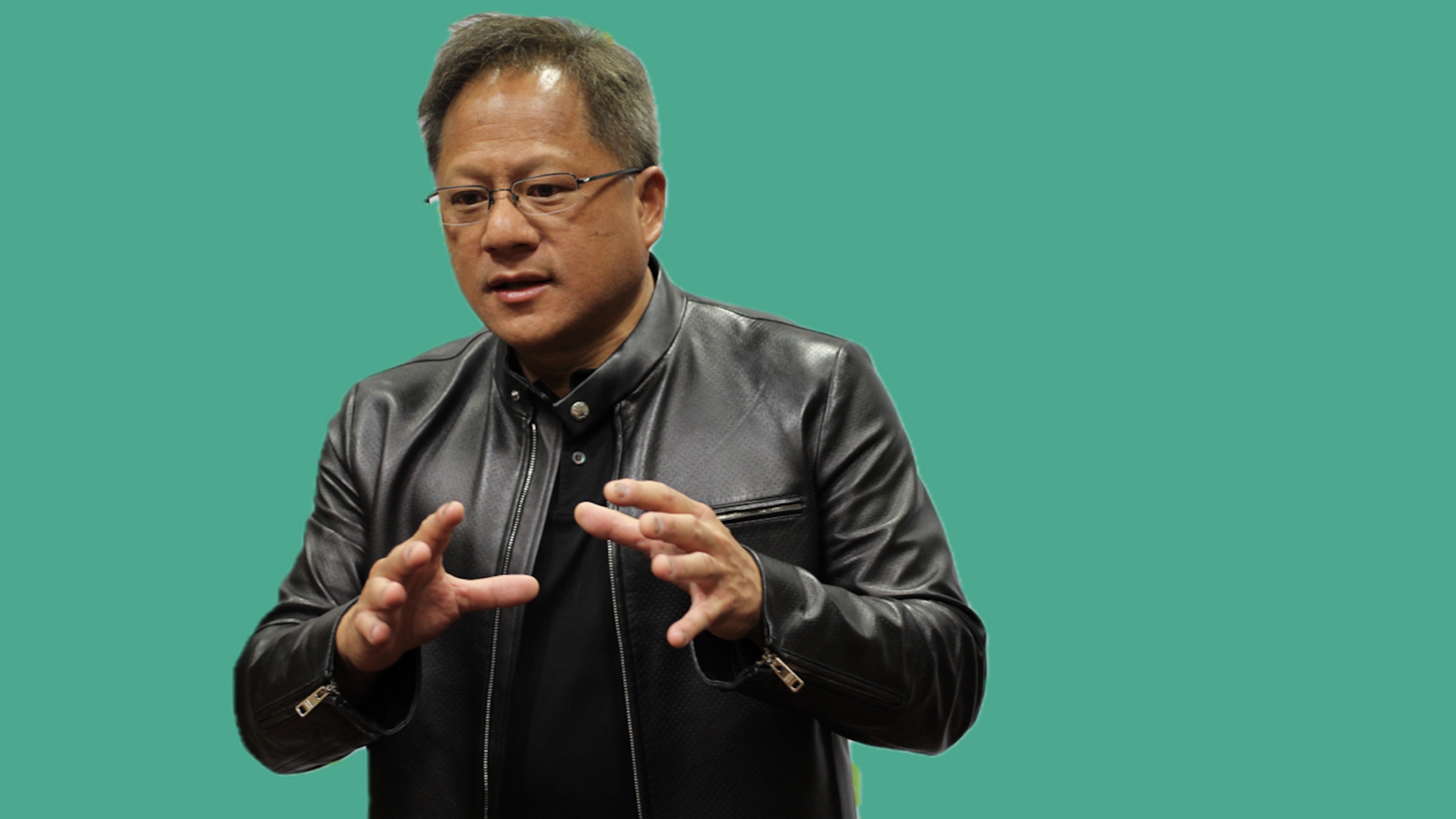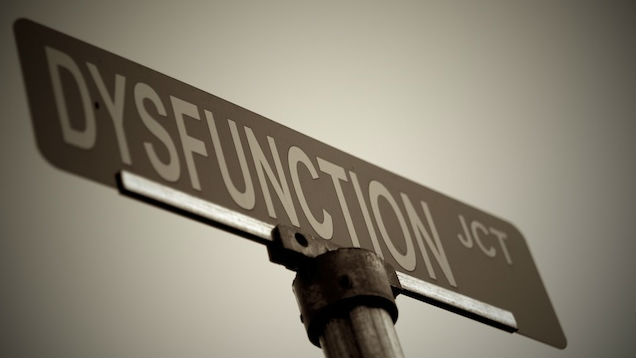When (and How) Rothko Became Rothko

Mark Rothko only got as far as his sophomore year at Yale before fleeing that WASP nest of anti-Semitism and elitism. Forty-six years later, Yale awarded him an honorary degree in philosophy, but in the meantime the artist wielded his philosophy as much as his paintbrush in pursuit of a kind of painting that matched his kind of thinking. In the exhibition and companion catalogMark Rothko: The Decisive Decade 1940-1950, we follow Rothko’s path through ten years that saw no less than six distinctive styles of painting, but that resulted in one of the most recognizable signature styles in all of modern art. If you’ve ever wondered how Rothko became Rothko, “to understand Rothko—to see his artistic evolution, comprehend his goals and the means he used to realize them, to live his internal struggle to manifest the human soul and chart that manifestation,” writes Rothko’s son Christopher in the catalog, “one need only study the 1940s.”
“This is not an exhibition that needs to justify its existence,” Christopher Rothko explains further. “On the contrary, the only thing that needs to be explained is its tardiness, because within the realm of Rothko’s oeuvre, the works in this exhibition are the key to everything. Everything.” Part of that tardiness comes a lack of knowledge and appreciation of Rothko’s works on paper, which, as Ruth Fine, the curator documenting those works at the National Gallery of Art in Washington, DC, explains, “was instigated in part by the artist himself.” Absent those works on paper, a full understanding of the Rothko of the 1940s is impossible. Secondly, a fuller appreciation of Rothko’s manuscript The Artist’s Reality (written sometime in the early 1940s, unpublished during Rothko’s lifetime, found years later by his children, and finally published in 2004) sheds new light on this time period. Rothko actually stopped painting for a year or so to work on The Artist’s Reality. “Even a casual reading of that manuscript’s contents,” Christopher Rothko contends, “reveals a course charted for abstraction, and an uncompromising view of art driven by philosophy, art that must encapsulate the essential experience of what it means to be human.” Self-written philosophical guidebook in hand, Rothko set off in his philosophical vehicle on a decade-long journey in search of a style.
Todd Herman, Executive Director at the Arkansas Arts Center, sets the stage for the “decisive decade” by examining the pre-1940s Rothko. Herman ranks among Rothko’s formative influences Renaissance masters of color such as Giorgione and Titian as well as contemporaries such as Max Weber and Milton Avery. Eulogizing his friend and mentor Avery in 1965, Rothko called him “a great poet-inventor who had invented sonorities never seen before.” In Untitled (Man and Two Women in a Pastoral Setting, circa1940; shown above), Rothko mimics Avery’s style while harking back to a classical time in his subject matter. As World War II engulfed Europe and threatened America, Herman relates, “[m]any American artists, including Rothko, felt that neither personal expression nor formal harmonies were responsible responses to this global crisis.” The search for a “responsible response” moved forward as Rothko retained what was useful from his influences while continually rethinking his approach.
Rothko’s “Avery” period falls under the “Figurative” label Christopher Rothko sees his father painting from 1923 through 1940, the beginning of the “decisive decade.” For the next six years, Rothko painted in a Surrealist style, first myth-based (1940-1943) and then abstracted (1943-1946). When World War II drove the Surrealists across the Atlantic to America, American artists, including Rothko, soon fell under their influence. In 1946, however, Rothko began to paint his “Multiforms,” a term Rothko himself never used, but that critics and scholars have applied to paintings featuring blocks of color in arrangements other than the bands we now know as “classic” Rothko. Christopher Rothko calls 1948 through 1949 simply a “Transitional” style before the “Classic/Colorfield” Rothko signature style that prevailed from 1949 until the artist’s death in 1970. The transformation from “Multiforms” to “Classic” Rothko is breathtaking, and breathtakingly fast. “In truth,” Christopher shows, “the process occurs over the course of a few paintings, with the image becoming softer and hazier until it is no longer worth seeking.” Paging through the catalog from work to work (or moving from painting to painting at the exhibition), you can experience the frenetic energy Rothko felt as he knew he moved closer and closer to the answer to his all-consuming quest. From the “Multiforms,” Rothko’s son concludes, “[a]ll Rothko will do from this point is simplify and hone, balance and strip, to a more focused expression of his intention.” Like all great mathematical or scientific breakthroughs, Rothko’s painterly breakthrough looks elegantly simple and forehead-slappingly obvious, but only after all the hard work has been done.
Harry Cooper, Curator of Modern and Contemporary Art at the National Gallery of Art in Washington, DC, cautions against falling into such a “retrospective fallacy” when looking at Rothko’s art. In hindsight, it almost looks as if Rothko becoming Rothko had to happen this way, as if it were destiny. Cooper dislikes the “Multiform” label for a variety of reasons, preferring instead the metaphor of a “primordial soup,” the chemical glop from which all life on Earth emerged—a process that scientists even today can’t fully explain. Just as critics and viewers try to arrange Rothko neatly into compartments, Cooper comes along to bring back the mystery of the process and restore the magic and miracle of Rothko’s arrival. Sloshing through Rothko’s soupy “Multiforms,” Cooper sees the artist going “to great lengths to avoid a typical, discreet stroke of the loaded brush, perhaps because this was the very mark of modern European painting, however differently made by Monet or Mondrian, Matisse or Picasso.” In the final analysis, however, Cooper sees “[a]ll of Rothko’s doing and undoing, feathering and scraping, dripping and scratching,… as an attempt to open up the painting, to show its depths without denying its ‘experienced surface.’” Thus, the “Multiforms” begin what Simon Schama and others call the “embrace” of Rothko’s mature style—open arms where other modern artists closed them.
The recent vandalizing of Rothko’s 1958 Black on Maroon at the Tate brought the artist’s work and life back into the headlines once more. In the exhibition catalog and the exhibition titled Mark Rothko: The Decisive Decade 1940-1950, we see how Rothko became Rothko not as an elaborate, philosophized paint-by-numbers exercise in inevitable evolution, but as a true quest of the mind, the eye, and the soul. The Decisive Decade makes Rothko as dangerous and exciting as he was when these paintings were first made and experienced. As his son Christopher explained, and you’ll agree after reading and seeing it, Mark Rothko: The Decisive Decade 1940-1950 is an exhibit that you knew had to happen one day, but will wonder why it took this long to happen.
[Many thanks to Rizzoli USA for providing me with a review copy of the exhibition catalog Mark Rothko: The Decisive Decade 1940-1950. Many thanks also the Columbia Museum of Art for providing me with the image above and other press materials related to the exhibition Mark Rothko: The Decisive Decade 1940-1950, which runs through January 6, 2013.]
[Image:Mark Rothko, American (born Russia), 1903−1970. Untitled (Man and Two Women in a Pastoral Setting), c. 1940. Oil on canvas. National Gallery of Art, Washington. Gift of The Mark Rothko Foundation, Inc. 1986.43.53. ©1998 Kate Rothko Prizel & Christopher Rothko /Artists Rights Society (ARS), New York.]





